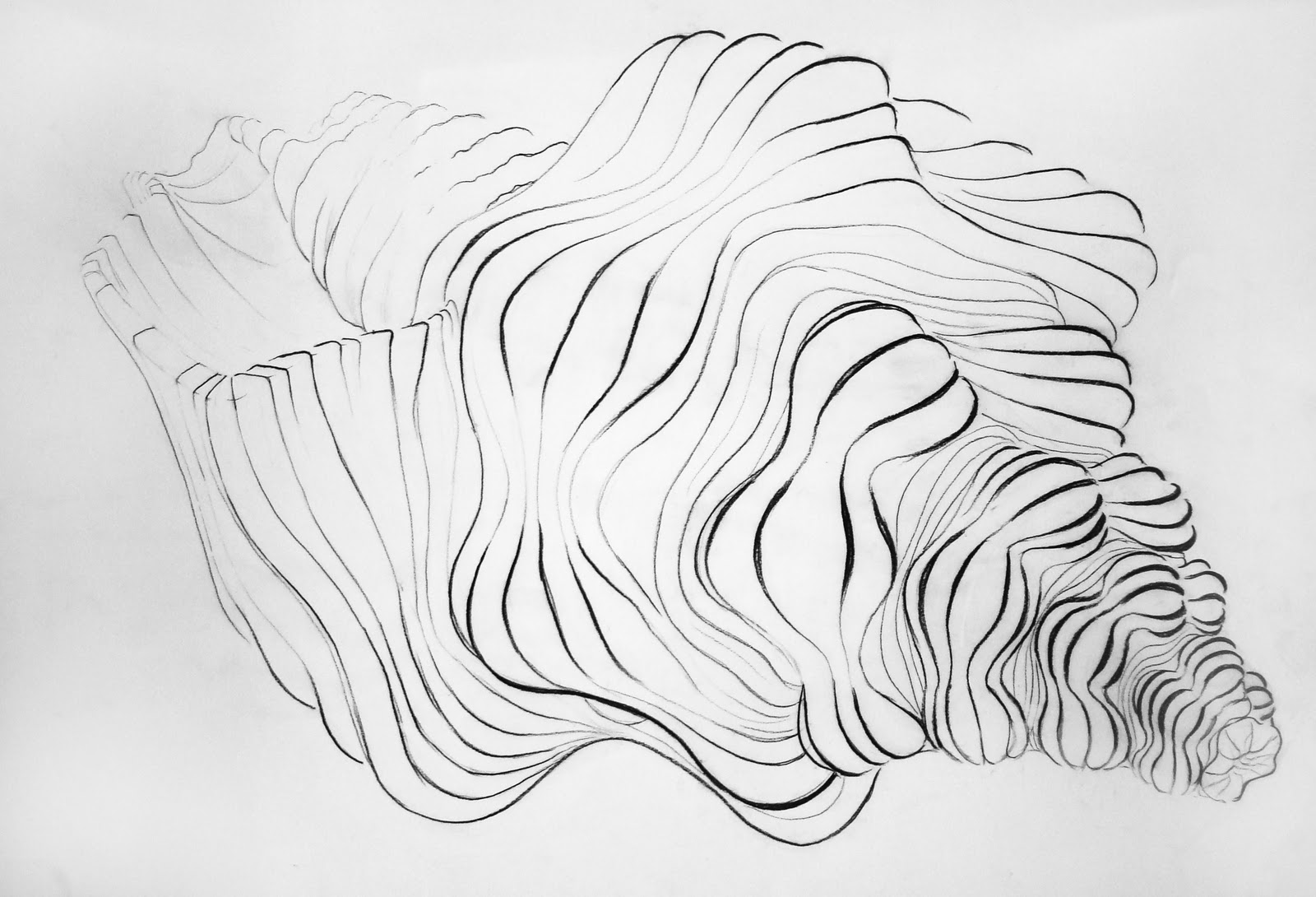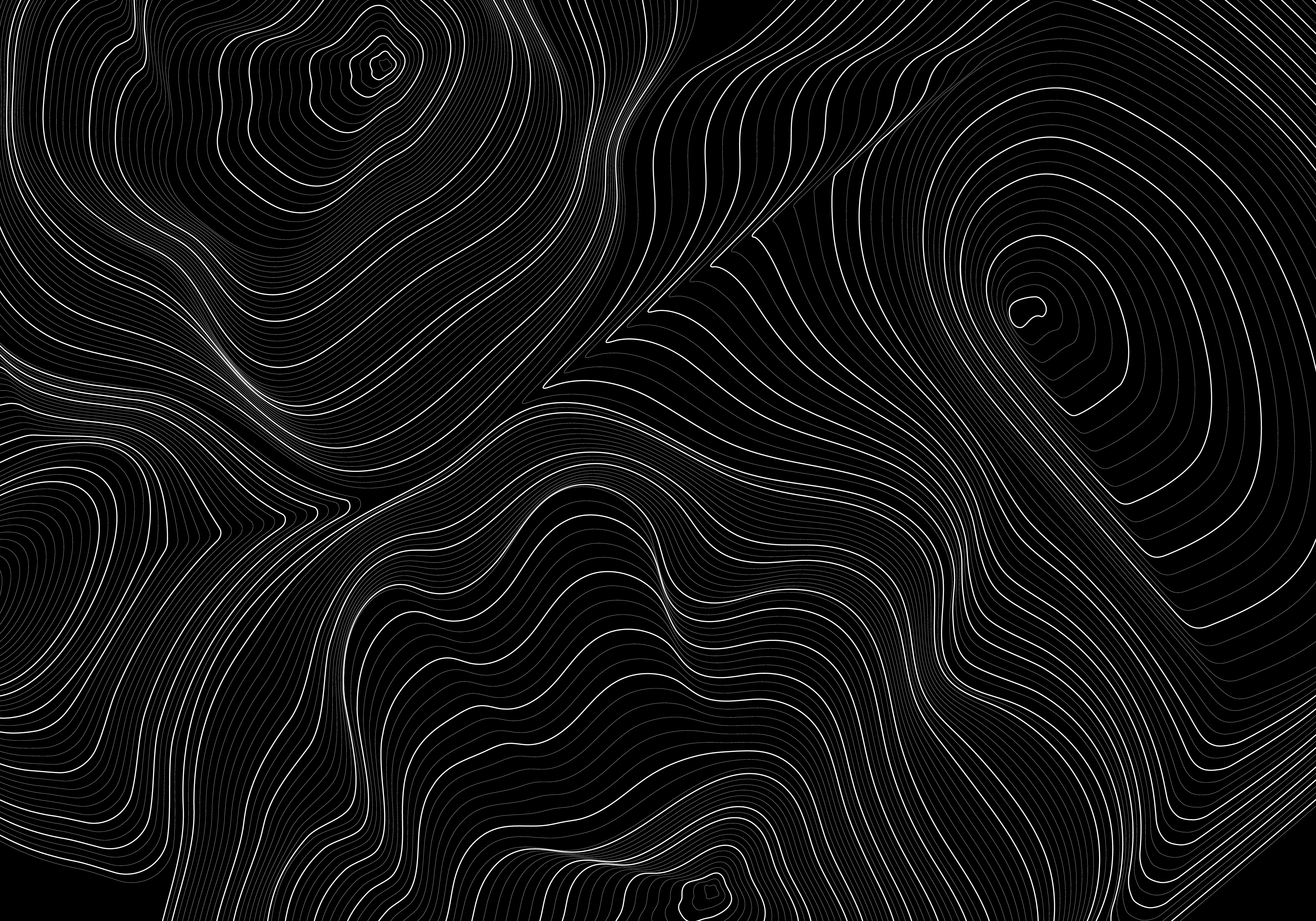
#CONTOUR ART SERIES#
Nearby is Rossella Biscotti’s “Other” series (2014), a suite of woven rugs whose pixel-like patterns derive from census reports on Brussels, exploring issues of population management and data visualization.
#CONTOUR ART CODE#
Trevor Paglan’s Code Names (2001-ongoing), a list of names of classified military programs worked through issues of hidden and covert evidence, is situated near Arvo Leo’s Accidental Ant Hill Sculpture (2017), a laconic video essay musing on the idea of sculpture in a post-human era. Queensland-based painter Madonna Staunton’s striking, roughly figurative paintings are shown adjacent to Ho Tzu Nyen’s, NO MAN II (2017), a sleek but nightmarish CGI video of avatar-like figures performing a dissonant choral piece. Exhibited next to Sarin and Sonam’s stark documentation is Beatriz Santiago Muñoz’s Black Beach/Horse/Camp/The Dead/Forces (2016), an elegiac 16mm film shot in Vieques, Puerto Rico, which was used by the US Navy as a bombing site for 60 years. The curatorial arrangement at The Garage seems uncomfortable-the result, perhaps, of Ginwala’s thematic exploration of polyphony, where artists’ voices remain distinct and even clashing. Paris-based Council (Grégory Castéra and Sandra Terdjman) exhibit drawings for their as-yet-unrealized publication The Against Nature Journal, whose aim is to challenge legislation that prohibits supposedly “unnatural” sexual orientations (for example, these laws apply in Lebanon and Kenya). Ritu Sarin and Tenzing Sonam present Burning Against the Dying of the Light (2015–17), a series of videos, objects, and documents related to Tibetan Buddhist monks who have self-immolated in protest against Chinese rule. Ana Torfs’s Anatomy (2006) uses 35mm slides, a soundtrack of witness testimonies relating to the murder of Karl Liebknecht and Rosa Luxemburg in Berlin in 1919, and re-enacted scenes to produce a sepulchral installation whose mood is somewhere between elegy and intellectual aide-memoire. At the biennial’s main site, The Garage, a number of works document social, political, and ecological injustices. The biennial entwines the themes, with polyphonic music acting as a metaphor for the multiple voices of pluralistic societies, which in turn becomes the grounds for renewed thinking about the stakes of justice in a globalized world.Ĭurated by Natasha Ginwala, who is also a curatorial advisor on this year’s documenta 14, Contour includes works from diverse geographies, from Northern Europe to the Australian Northern Territories. Contour 8’s awkward subtitle, “Polyphonic Worlds: Justice as Medium,” alludes to Mechelen’s historic role as a seat of juridical power in the region, as well as to the city’s importance in the development of Renaissance polyphonic music.



Hosted in the small, historic town of Mechelen, just outside Brussels, the biennial is installed in numerous venues ranging from a thirteenth-century courthouse to a post-industrial warehouse. Both thrilling and frustrating, the biennial offers vertiginous perspectives by artists and theorists, as well as the inevitable art-world speculation and textual flak. What could be more pertinent to today’s helter-skelter mudslide into the political abyss than a reflection on the idea of justice? The eighth edition of the Contour Biennial is dedicated to this most noble of themes.


 0 kommentar(er)
0 kommentar(er)
